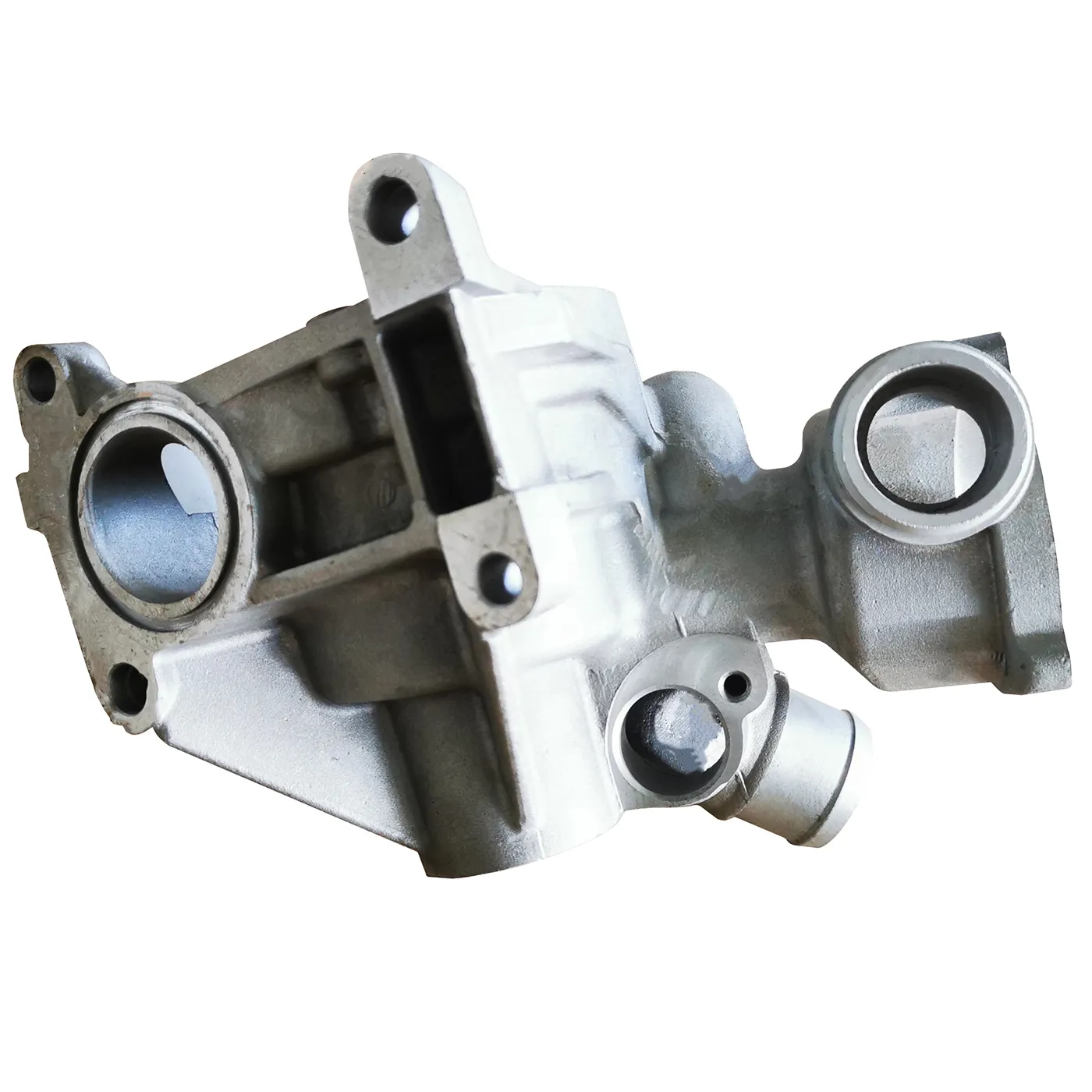Mobile:+86-311-808-126-83
Email:info@ydcastings.com
Fundamentals of Metal Casting Techniques and Their Applications in Manufacturing
Principles of Metal Casting
Metal casting is a fundamental manufacturing process that involves pouring molten metal into a mold to create a desired shape. This technique has been used for thousands of years to create a wide range of objects, from simple tools to complex machinery parts. Understanding the principles of metal casting is essential for anyone involved in manufacturing or materials engineering. This article will explore the basic principles that underpin the metal casting process, including mold design, metal selection, pouring techniques, and solidification.
Mold Design
The first step in the casting process is the design of the mold. Molds are typically made from materials such as sand, metal, or ceramic, depending on the casting method used. The design of the mold is critical as it determines the dimensions and surface finish of the final product. Molds are often created in two halves, allowing for the easy removal of the cast object once it has solidified. Engineers must consider factors such as shrinkage, thermal expansion, and the pattern of the mold when designing it. Additionally, vents and gates are integrated into the mold to facilitate the flow of molten metal and allow the escape of gases.
Metal Selection
Choosing the right metal for casting is another vital principle in the metal casting process. Different metals have varying properties, such as melting points, fluidity, and strength, which can significantly influence the outcome of the casting. Commonly used metals include aluminum, copper, iron, and magnesium. The selection process often involves considering the intended application of the cast object, the mechanical properties required, and the economic factors associated with the material. For instance, aluminum casting is popular for lightweight applications, while cast iron is favored for its strength and wear resistance.
Pouring Techniques
principles of metal casting

Once the mold is prepared and the appropriate metal has been selected, the next stage is pouring the molten metal into the mold. The pouring technique used can affect the quality of the casting. There are several techniques, including gravity pouring, pressure pouring, and vacuum pouring, each with its advantages and limitations. Gravity pouring, the most common method, relies on the force of gravity to fill the mold. In contrast, pressure pouring uses a pressurized system to inject molten metal into the mold, achieving better fill rates and reducing defects. Vacuum pouring minimizes turbulence and oxidation, leading to high-quality castings, particularly in intricate designs.
Solidification and Cooling
After pouring, the molten metal begins to solidify as it cools within the mold. The solidification process is influenced by various factors, including the cooling rate, mold material, and metal composition. Engineers must control these parameters to avoid defects such as porosity, shrinkage, and cracking. To optimize the solidification process, it is essential to understand the cooling curves of different metals and the heat transfer characteristics of the mold materials. Properly managing the cooling rate can lead to improved mechanical properties and surface finishes in the final product.
Post-Casting Processes
After the metal has solidified and the mold is removed, the cast object often undergoes additional processing to enhance its properties or achieve a specific surface finish. Common post-casting processes include trimming, grinding, machining, and heat treatment. Trimming involves removing excess material, while machining can refine dimensions and surface textures. Heat treatment processes may be applied to improve mechanical properties, such as hardness and tensile strength, depending on the application.
Conclusion
The principles of metal casting encompass a series of carefully considered steps, from mold design and metal selection to pouring techniques and solidification. Each principle plays a crucial role in determining the quality and properties of the final cast product. By understanding these principles, manufacturers can produce cast components that meet specific requirements and standards, paving the way for efficient and effective manufacturing processes. As technology advances, the metal casting industry continues to evolve, incorporating innovative techniques and materials to enhance the casting process and broaden its applications across various sectors.
-
Understanding Metal Casting TechniquesNewsApr.02,2025
-
Understanding Exhaust Manifolds for Enhanced Engine PerformanceNewsApr.02,2025
-
The World of Metal FabricationNewsApr.02,2025
-
Key Components for Pump and Turbo EfficiencyNewsApr.02,2025
-
Essential Tools for Automotive Maintenance and RepairNewsApr.02,2025
-
Durable Valve Components for Effective Water ManagementNewsApr.02,2025











